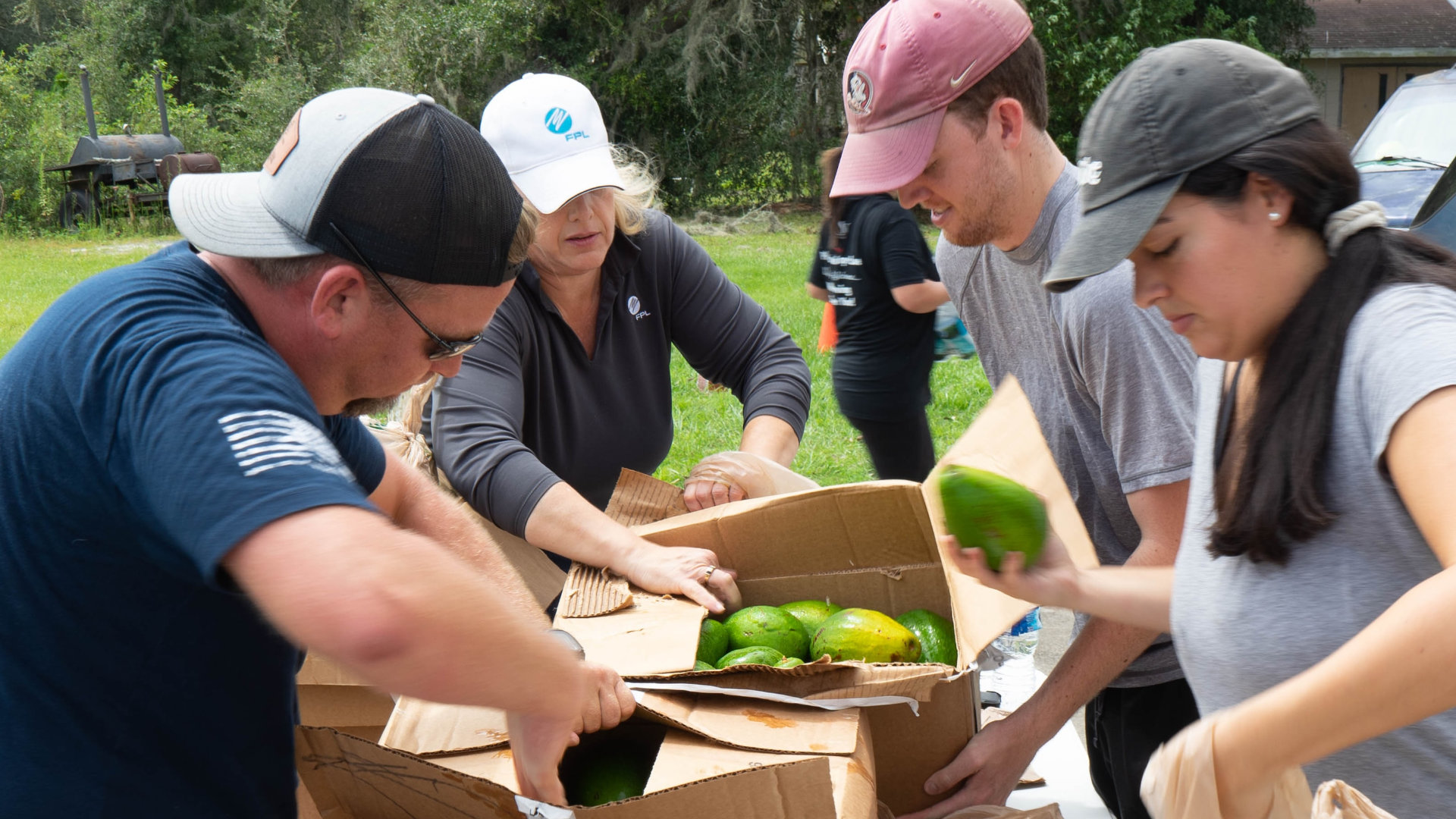Ford Building Together: A New Initiative to Deepen Community Impact



September marks two national observances that highlight critical needs in communities across the country: Hunger Action Month® and National Preparedness Month. While each brings important attention to separate causes, their connection becomes especially evident during disasters, when access to food and basic resources is disrupted. In these moments, providing a meal can be one of the most immediate and impactful forms of support.
Few understand that connection better than Vince Davis, Senior Manager of Planning and Response at Feeding America®, a Ford Building Together partner and the nation’s largest hunger-relief organization. With more than 25 years in emergency management, Davis has responded to some of the country’s most devastating disasters, including wildfires, floods, earthquakes, tornadoes, and hurricanes.
“With every meal we provide ... we're building up the strength and resilience of a community ...”Vince Davis, Senior Manager of Planning and Response at Feeding America®

“I’ve seen firsthand how a disaster can wipe away everything — homes, jobs, and a sense of normalcy,” Davis said. “But I’ve also seen how one meal can mark the beginning of rebuilding it all.”
Preparedness involves more than just having supplies. It includes systems, local and cultural knowledge, and partnerships. Feeding America’s collaboration with Ford Philanthropy is one example of how partnerships strengthen the network’s emergency response efforts. Through Ford Building Together, Ford dealers and employees are stepping in to support food banks during both day-to-day operations and in times of crisis.
This summer, following devastating flash floods in Texas, Ford employees worked with volunteers from the North Texas Food Bank to pack more than 45,000 pounds of food, creating over 40,000 meals for families in the region.
“I’m incredibly proud of the sheer resilience and unwavering dedication of our network of food banks,” Davis said. “And I’m also grateful for partners like Ford Philanthropy.”
“It’s a powerful reminder that our mission is a collective one,” he said. “It takes many hands — including yours — to ensure no one is alone in the face of disaster. With every meal we provide, we’re not just fighting hunger; we’re building up the strength and resilience of a community, one neighbor at a time.”
Every day, the Feeding America network of more than 200 food banks and 60,000 pantries and meal programs work directly in communities across the country to alleviate hunger. But when disaster strikes, many of those same food banks shift into emergency response mode, rapidly scaling up operations to provide critical food support to people in need.
“Our partner food banks are already part of the community’s fabric,” Davis said. “So, when disaster strikes, we're not just arriving on the scene; we're already there, ready to shift from daily hunger relief to immediate, life-sustaining support.”
“A meal is a moment of calm in the chaos, offering hope and a sense of normalcy ...”Vince Davis, Senior Manager of Planning and Response at Feeding America®
As one of the nation’s largest disaster relief organizations, Feeding America plays a key role in disaster recovery by delivering critical meals to impacted communities and helping residents regain a sense of stability. Davis and the Disaster Services team at the national office serve as the coordination hub, leading the triage process, assessing local impact, and deploying support where it is needed most.
“My role is like that of an air traffic controller for the network,” Davis said. “We perform wellness checks to ensure staff and facilities are safe and well, assess community impacts, and coordinate resources that food banks need to respond effectively.”
In times of disaster, Davis points out, food provides more than physical nourishment. It helps people move forward.
“It’s the fuel that gives people the strength to search for loved ones, clean up debris, and start rebuilding their lives,” he said. “A meal is a moment of calm in the chaos, offering hope and a sense of normalcy that helps families who have suffered upheaval in their lives to regain their dignity.”

Feeding America’s work does not stop after the initial response. Partner food banks remain in the community long after the headlines fade, continuing to serve residents throughout the long road to recovery.
“A hurricane, tornado, or flood is more than a weather event for a food bank; it’s a direct threat to their core mission,” Davis said. Food banks need to remain open, serving neighbors long after the cameras and news trucks leave, because that’s what we do. That’s what the community needs.”
As Hunger Action Month and National Preparedness Month shine a spotlight on food security and emergency readiness, Feeding America encourages individuals and organizations to get involved. Ford dealers across the U.S. and around the world are also engaging their communities through food drives and donation efforts. These initiatives support local food banks and pantries, including some in the Feeding America network, and offer customers and employees meaningful ways to get involved through Ford’s Building Together initiative. Each drive is tailored to local needs, collecting items like grains, vegetables, and hygiene products.
Find a participating dealer near you on our volunteer map, and learn more about Hunger Action Month at Feeding America's website.